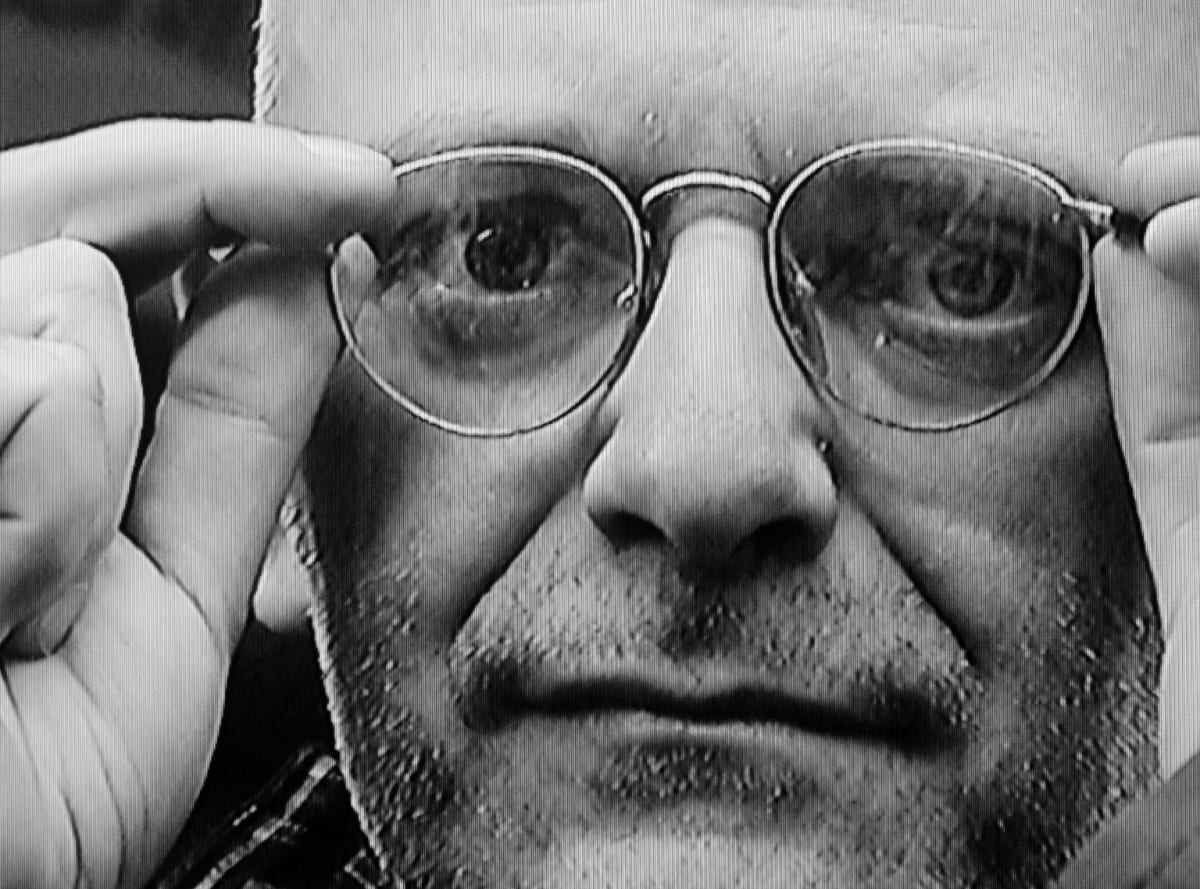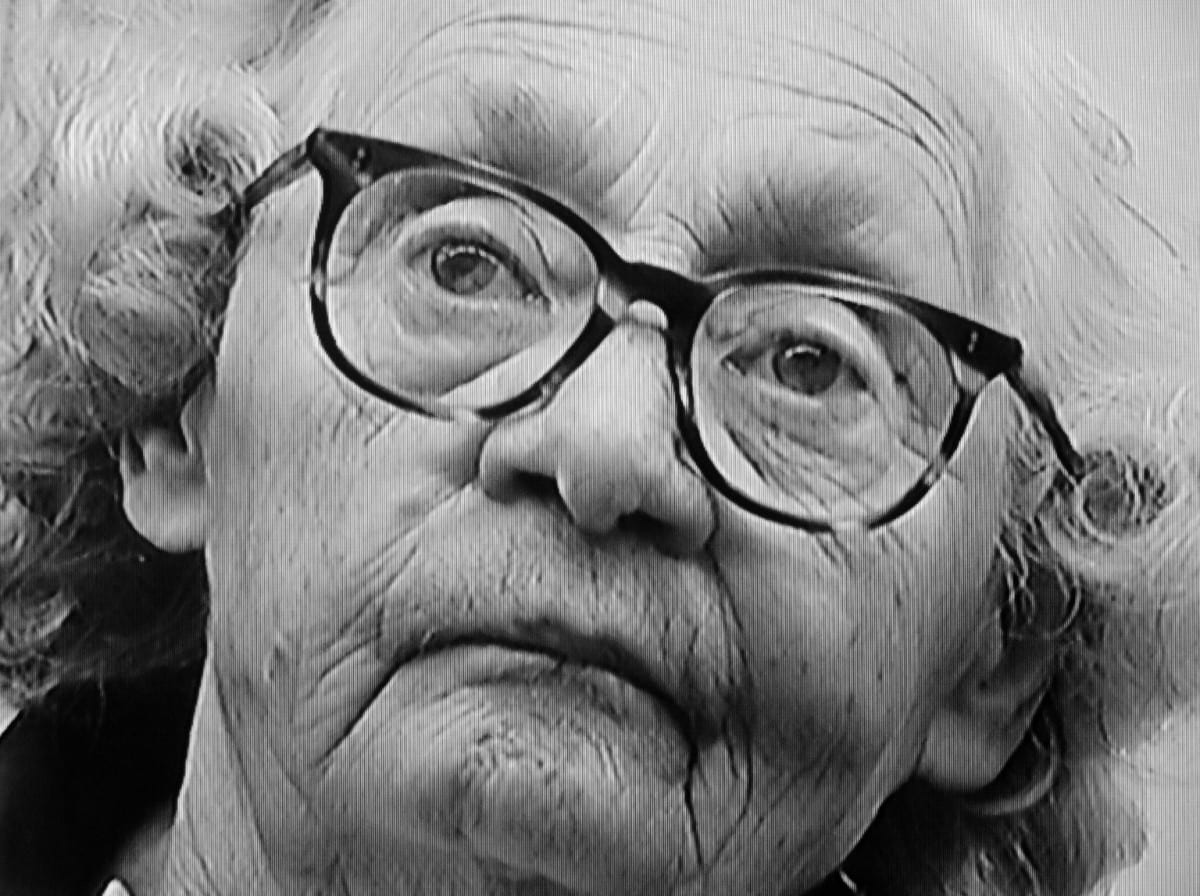Richard Kraft found solace in the London subway system where unsuspecting passengers waited for their next connection and became the subjects of the Tube Series. The extreme close-ups of bystanders capture moments of hesitation, anxiety, regret and longing in the young, the old, men and women, alike. In his candid photographs Kraft captures a sense of insecurity that overcomes a person when they believe they are alone, and totally unaware that they are being watched.

Why did you decide to pursue your artistic practice on the West Coast?
Prior to moving to Los Angeles I was living and working in Portland, Oregon, a perfectly nice place to live. However, having grown up in London, and having spent almost five years living in New York, I wanted once again to live in a large, international city. Los Angeles was relatively close and offered diversity, affordability, space, sunshine (after London and the Pacific Northwest, not something to take lightly), and perhaps most importantly, a pulse, a certain kind of energy that only enormous cities have. Los Angeles is very different from most other large cities (more spread out, dominated by cars rather than pedestrians, poor public transportation, but there is a strong feeling that comes with people being constantly on the move, and this brings with it an urgency, a hum that I love. There is also the fact that for the English, Los Angeles (and the American West), are mythic. Even after twelve years in Los Angeles I still find myself surprised, amazed, and struck by the improbability of the place.
Why not New York?
New York is the most exciting city I know, and when I visit I’m often tempted to move back. But I also know from having been there for several years that it can be a tough place to live. In purely practical terms, it’s very expensive to find adequate workspace close to where one lives.
What do you find distracting about your urban environment?
I’m not sure I find anything distracting about my environment, although I think I’d probably say the same about New York or London. That said I do miss the pedestrian nature of New York and London. I think I read somewhere that towards the end of his life, when he was dying of tuberculosis, Franz Kafka used to go out in Prague and stand in a line of people just to feel connected, to have some physical contact. That’s a tragic story, and to be sure, a dramatic example, but it can be easy in Los Angeles to cut oneself off, to hide out in the studio and go for long stretches without any real contact with people.

What do you feel is unique to your city?
Part of what I find so amazing about Los Angeles is that it’s so easy to get out. In fact, where I live (in the hills in Eagle Rock) I feel that I am out at the same time as I’m in an enormous city. I love seeing the mountains and the sky and watching the light change throughout the day. I do think it’s relatively easy to live and work in Los Angeles. For example, I have a spacious studio in my house, which allows me to work whenever I want. In comparison to New York or London, there is much more physical space. And with this come the extraordinary light, and the rubbing up of the urban against the wild. When I first moved to Los Angeles I lived in the West Hollywood flats. One evening I saw a coyote trotting down the street. That blew my mind and made me love the place even more. The flip side of this is that we have to contend with wildfires, floods and landslides. There is certainly the feeling that in many ways the city has no business being here at all. It’s really very precarious, always on the edge, the brink of disaster.
What do you find most appealing about New York?
Apart from Metropolitan Museum of Art, which is perhaps my favorite museum, it’s always a pleasure to walk in New York, and when the weather allows, to sit on a stoop and watch.
What artists have influenced your practice the most?
There have been so many who have affected me in numerous ways. Perhaps the best I can do is offer a couple who have demanded a great deal of me, in whose work, even after years of looking, listening and thinking, I still find new possibilities. Joseph Beuys is one, John Cage another. Both of them produced bodies of work that reward deep study and demand repeated looking/listening/reading. Also, I’ve recently been obsessed with hunting for petroglyphs and pictographs in the desert. I’m not sure exactly how these extraordinary images have influenced me, but they touch something very deep, something much larger than myself, that I can’t fully comprehend, and as with the works of Beuys and Cage, that’s what keeps drawing me back.

Images from the series Tube Portraits
Courtesy of Charlie James Gallery, Los Angeles
THE 20+20 PHOTOGRAPHY ISSUE
Richard Kraft is featured within Installation Magazine’s special 20+20 Photography Issue, which highlighted 20 Los Angeles and 20 New York City photographers. Download the full issue on your iPad and iPhone.
